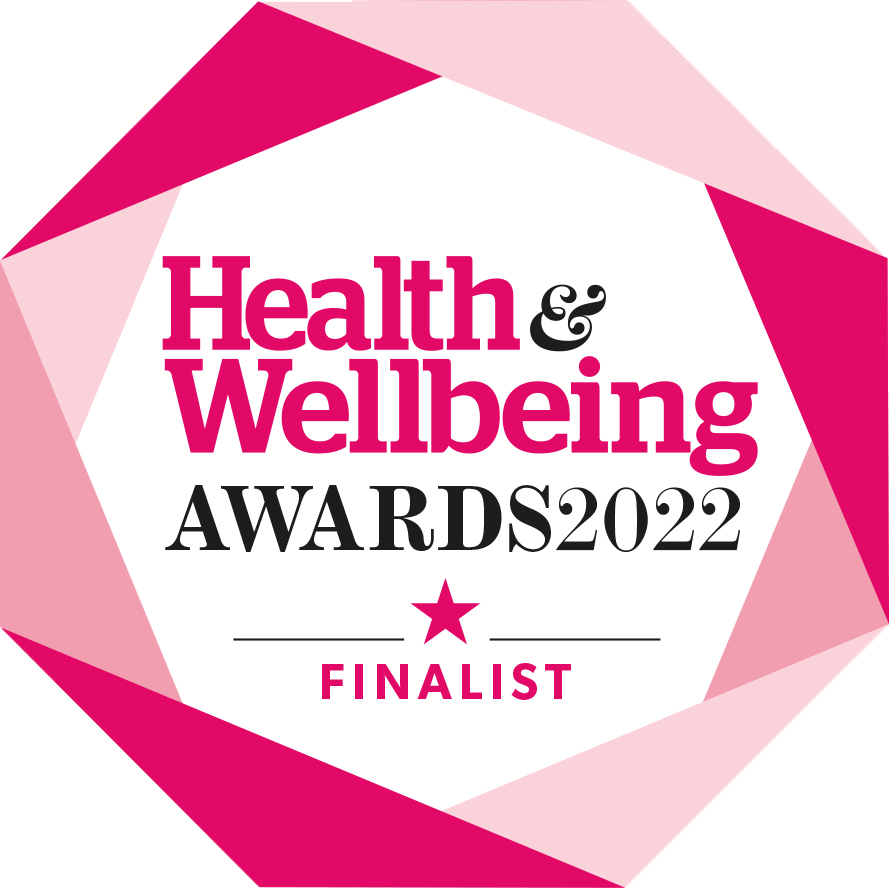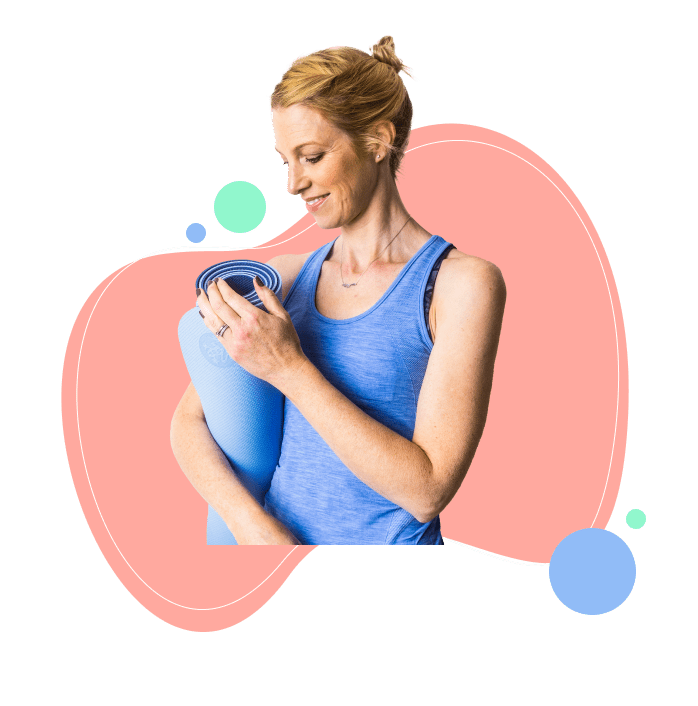During the perimenopausal and menopausal years, women lose collagen and lean muscle mass, leaving our bodies destabilised. Our ability to move our bodies the way we want to without being restricted by too much stiffness or by imbalances can also be compromised.
Many perimenopausal and menopausal women also suffer with what is erroneously called “menopause arthritis”. During perimenopause, inflammation in the body rises and this causes aches, pains, and stiffness through the joints. The higher levels of cortisol (stress hormone) can also make our muscles feel tight and fatigued.
Specifically, women tend to become tight and knotted in the hips, lower back, shoulders, chest, Achilles Tendon and feet. Sitting for prolonged periods of time can also tighten up the hip flexors (the muscles at the top of your legs that contribute to hip flexion) and hamstrings (the muscles at the back of your thighs).
If we are too restricted in our movement (caused by stiffness etc), this makes us more unstable and unable to adjust and catch ourselves when we are knocked off balance. So it’s crucial that we take steps to protect our bodies while these hormonal changes are happening.
Over the age of 40, we need to try and include the following three steps into our daily exercise regime to achieve healthy movement:
- Flexibility is the ability of the soft tissues (muscles, ligaments and tendons) to passively stretch. Flexible muscles help improve how well you can move your joints, which is why it’s an important component of mobility. Tight muscles can pull on a joint, causing it to become unstable. As well as stretching exercises, combining tension release work is an important part in improving flexibility (using foam rollers, acupressure balls etc).
- Mobility is the joint’s ability to move through its full range. Mobility is important because if the joints are restricted you won’t get much out of your stretching or strengthening routine.
- Stability is your body’s ability to safely and effectively maintain and control various postures as well as resist changes in equilibrium. When you have good stability you can move quickly and powerfully with greater ease and with less risk of injury.
How to improve your flexibility, mobility, and stability
Below are some ways that everyone can work on their flexibility, mobility, and stability:
- Find a well-balanced fitness programme (like Breaking Ballet!) that includes strength training, cardiovascular exercise, flexibility/mobility, and balance exercises
- Regularly move your body through its full range of movement
- Practice activities that connect mind and body for full focus on what you are trying to achieve (rather than the focus being on the kettlebell or running machine)
- Work on balance and proprioceptive exercises
- Improve your muscle strength
- Use mobility tools like foam rollers
- Work with a physiotherapist to address any injuries or restrictions limiting your function
Focusing on improving your mobility first will help you get the most out of your stretching and strengthening workouts. You can head over to my YouTube channel here to complete a short mobility sequence right away. You will also find stretch and tension release videos that will help improve your flexibility.
—
Breaking Ballet’s unique ballet-inspired workouts are tailored for perimenopausal and menopausal women to help them future proof their bodies at the same time as looking after the here and now.
Sarah is the founder of Breaking Ballet, a unique online ballet fitness programme for busy women.
REBOOT YOUR BODY //
Join the 21 Day Body Reboot programme here to hit the re-set button and venture into a whole new world of balance, grace, confidence and powerful elegance
https://breakingballet.com/body-re-boot/
THE BBACKSTAGE MEMBERSHIP //
If you want to take your health and fitness to the next level with a wide variety of short ballet-inspired workouts, easy to follow weekly workout calendars and THE most supportive community of like-minded women online, check out the BBackstage membership here http://bit.ly/BBackstagepass
BBackstage is our online ballet workouts membership that includes monthly/weekly workout calendars, a variety of workouts to choose from, healthy recipes and meal plans, guest experts, mindset tools and relaxation techniques, weekly Q&A with Sarah, a supportive loving community, and more.
JOIN US //
Join our free weekly newsletter here to help you change your relationship with exercise for optimal health and fitness in your 40s and beyond.
https://breakingballet.com/#newsletter
SAY HI ON SOCIAL //
FACEBOOK: https://www.facebook.com/BreakingBallet/
INSTAGRAM: https://www.instagram.com/breakingballet/
YOUTUBE: http://www.youtube.com/c/BreakingBallet







